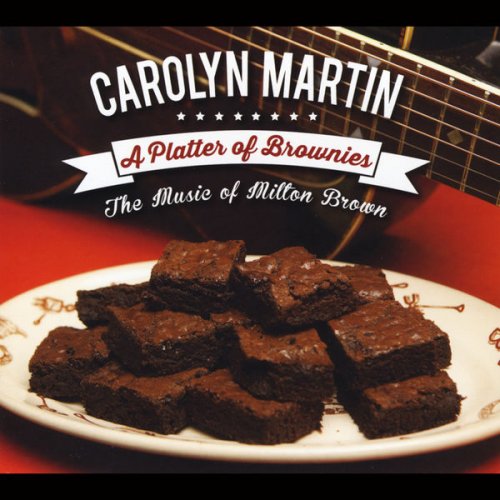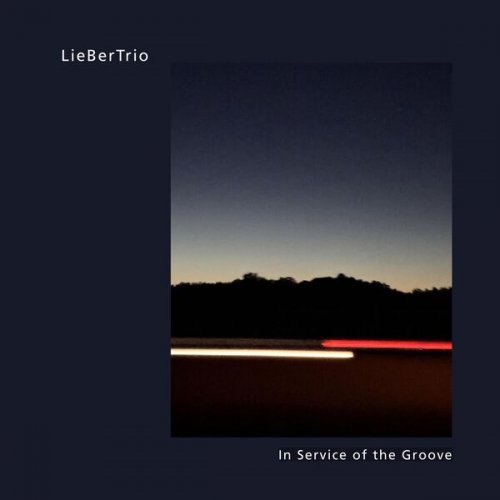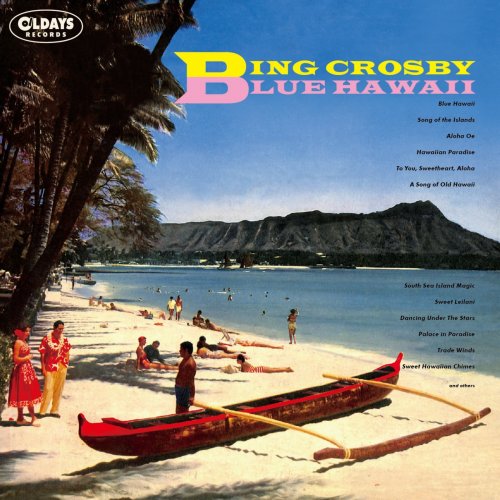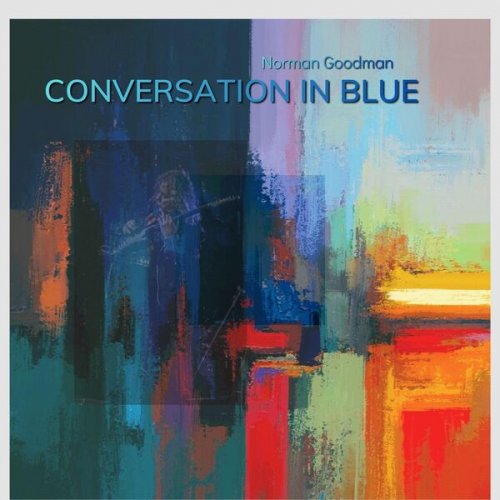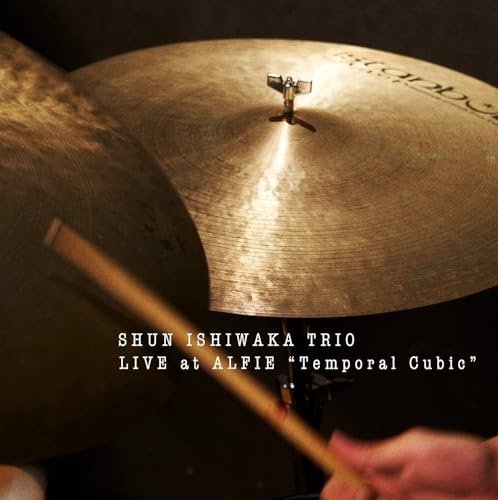Quintett Momento Musicale - Onslow: String Quintets opp. 34 & 35 (2004)
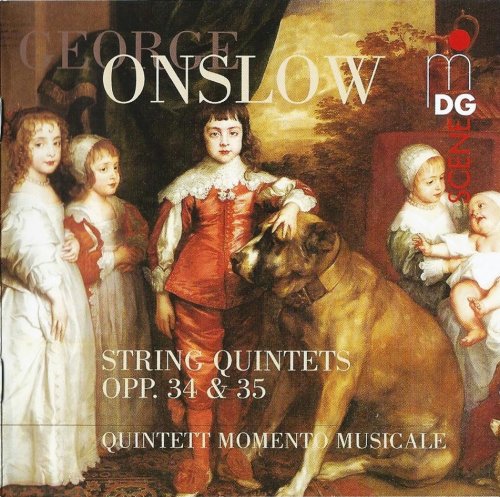
Artist: Quintett Momento Musicale
Title: Onslow: String Quintets opp. 34 & 35
Year Of Release: 2004
Label: MDG
Genre: Classical
Quality: FLAC (image+.cue,log,scans)
Total Time: 01:04:37
Total Size: 317 Mb
WebSite: Album Preview
Tracklist: Title: Onslow: String Quintets opp. 34 & 35
Year Of Release: 2004
Label: MDG
Genre: Classical
Quality: FLAC (image+.cue,log,scans)
Total Time: 01:04:37
Total Size: 317 Mb
WebSite: Album Preview
George Onslow (1784-1853)
01. Quintet in A minor, Op. 34 - Allegro [0:13:47.60]
02. Quintet in A minor, Op, 34 - Minuetto - Allegro moederato [0:06:06.15]
03. Quintet in A minor, Op. 34 - Adagio espressivo [0:08:05.07]
04. Quintet in A minor, Op. 34 - Finale - Allegro non troppo presto [0:06:28.68]
05. Quintet in G, Op. 35 - Allegro spiritoso assai [0:10:21.55]
06. Quintet in G, Op. 35 - Minuetto - Allegro moderato [0:05:08.22]
07. Quintet in G, Op. 35 - Andante cantabile [0:07:04.73]
08. Quintet in G, Op. 35 - Finale - Presto [0:07:38.25]
Performers:
Quintett Momento Musicale
Throughout the 19th century, the chamber music of Georges Onslow (1784-1853) was afforded the same respect as that of Mozart, Haydn, and Beethoven. According to one source, “his work was admired by both Beethoven and Schubert, the latter modeling his own 2 cello quintet (D.956) on those of Onslow and not, as is so often claimed, on those of Boccherini.” While Onslow was known as “the French Beethoven,” his string quartets/quintets fit neatly within the quatuor brilliants genre that arose from Louis Spohr. This type of string writing gives the first violin freer rein as a soloist; a concerto for violin and string quartet, in other words.
A wealth of melody and strong ideas emerge from the String Quintet No. 12 in A minor op. 34 (1829). A gently tender “Allegro” starts the proceedings and features a freewheeling first violin and gorgeous themes free of the tension normally produced by minor keys. At the heart of this work is a profoundly touching “Adagio espressivo” in which the strings engage in a fresh interplay of voices, multiple pizzicato, and various duets of powerful warmth. Regarding this movement, RHR Silvertrust, the formidable publisher of chamber music thinks “This is some of the finest chamber music writing to be found in the entire literature, almost the equal of the slow movement in Schubert's quintet.” The finale is highly animated and propulsive with dazzling counterpoint set against concerto-like passagework from the first violin.
The String Quintet No. 13 in G major op. 35 (1829) starts with two cracks distinctly reminiscent of the opening chords to Beethoven’s Eroica. Much of the material in the first movement is ebullient and charming, focused on motivic invention and glittering virtuosity from the first violin. The “Minuetto” in G minor seems to dredge up the character of Mozart’s 40th symphony. Sheer beauty is communicated in the “Andante cantabile,” which impresses itself upon the listener through broad expressive duets between cello and violin; the double bass is barely present. There’s also a gripping central section with pounding repeated notes and unstable chromaticism that demonstrates how far afield Onslow had strayed from Haydn and Beethoven.
As usual, the Quintett Momento Musicale displays technical and interpretative powers at every step, concentrating above all on balance, tonal beauty, and blend.
A wealth of melody and strong ideas emerge from the String Quintet No. 12 in A minor op. 34 (1829). A gently tender “Allegro” starts the proceedings and features a freewheeling first violin and gorgeous themes free of the tension normally produced by minor keys. At the heart of this work is a profoundly touching “Adagio espressivo” in which the strings engage in a fresh interplay of voices, multiple pizzicato, and various duets of powerful warmth. Regarding this movement, RHR Silvertrust, the formidable publisher of chamber music thinks “This is some of the finest chamber music writing to be found in the entire literature, almost the equal of the slow movement in Schubert's quintet.” The finale is highly animated and propulsive with dazzling counterpoint set against concerto-like passagework from the first violin.
The String Quintet No. 13 in G major op. 35 (1829) starts with two cracks distinctly reminiscent of the opening chords to Beethoven’s Eroica. Much of the material in the first movement is ebullient and charming, focused on motivic invention and glittering virtuosity from the first violin. The “Minuetto” in G minor seems to dredge up the character of Mozart’s 40th symphony. Sheer beauty is communicated in the “Andante cantabile,” which impresses itself upon the listener through broad expressive duets between cello and violin; the double bass is barely present. There’s also a gripping central section with pounding repeated notes and unstable chromaticism that demonstrates how far afield Onslow had strayed from Haydn and Beethoven.
As usual, the Quintett Momento Musicale displays technical and interpretative powers at every step, concentrating above all on balance, tonal beauty, and blend.
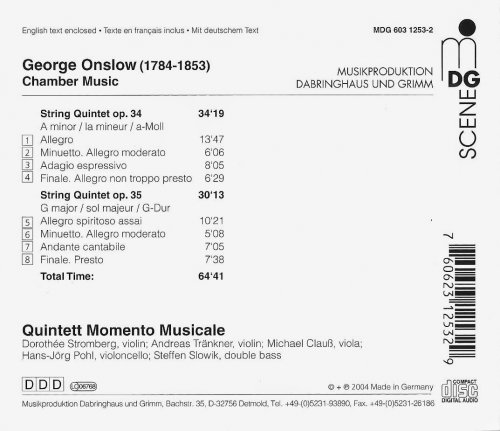
DOWNLOAD FROM ISRA.CLOUD
Quintett Momento Musicale Onslow String Quintets opp 34 & 35 04 0609.rar - 317.4 MB
Quintett Momento Musicale Onslow String Quintets opp 34 & 35 04 0609.rar - 317.4 MB

![Tim Kliphuis, Maya Fridman, Marc van Roon - Kosmos (2025) [Hi-Res] Tim Kliphuis, Maya Fridman, Marc van Roon - Kosmos (2025) [Hi-Res]](https://www.dibpic.com/uploads/posts/2025-12/1765893448_folder.jpg)
![Tomasz Stańko - Rue de la Tour (Polish Radio Sessions vol. 5/6) (2025) [Hi-Res] Tomasz Stańko - Rue de la Tour (Polish Radio Sessions vol. 5/6) (2025) [Hi-Res]](https://www.dibpic.com/uploads/posts/2025-12/1765796463_cover.jpg)
